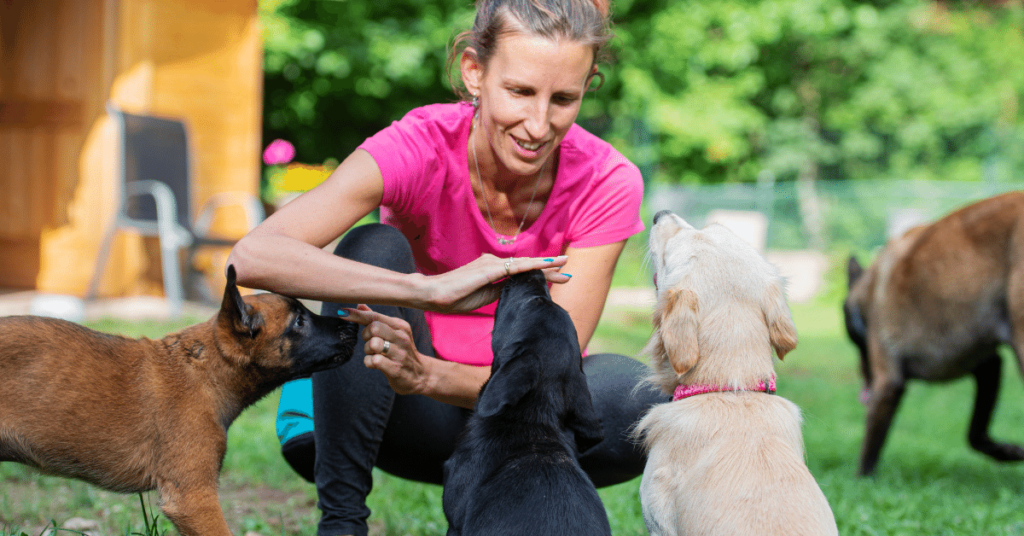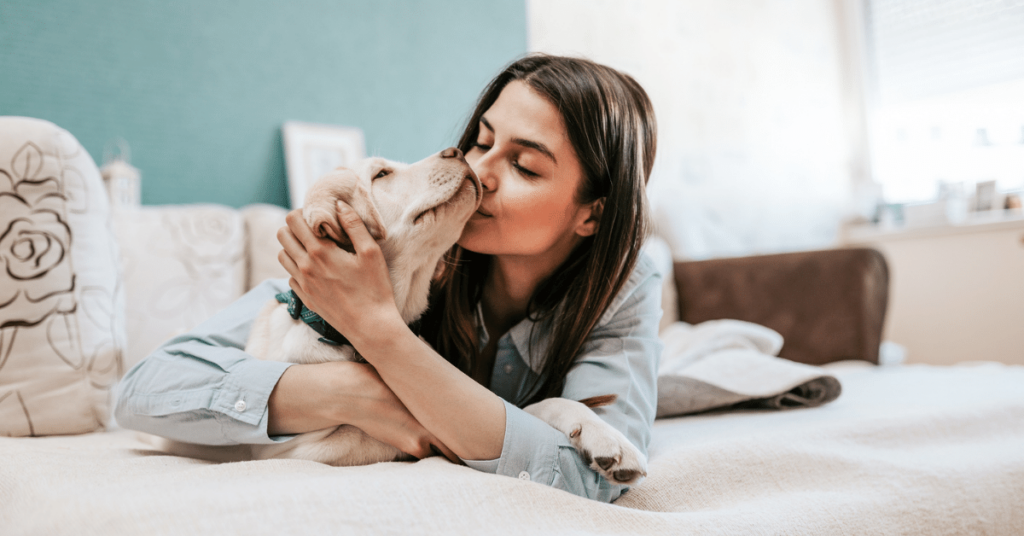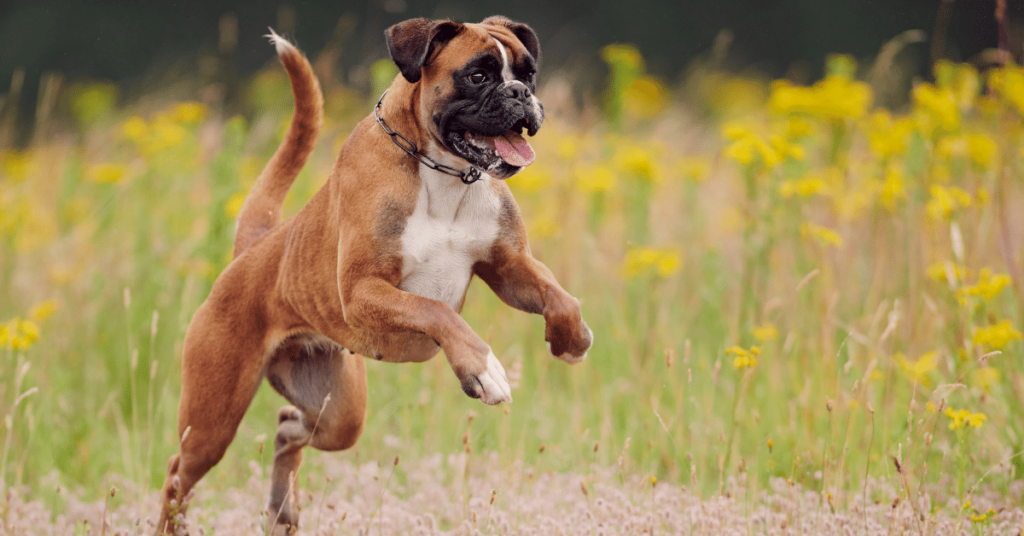Introduction
Having multiple pets can be a joyful experience, but it also comes with its own set of challenges. Each pet has their own unique personality, needs, and training requirements. Balancing these individual needs while also ensuring harmonious group dynamics can be a delicate task. In this article, we will provide you with valuable tips and strategies for training multiple pets, allowing you to create a harmonious and happy multi-pet household.
Understanding Individual Needs
Assessing Personalities and Temperaments
The first step in training multiple pets is understanding each individual’s personality and temperament. Just like humans, animals have their own unique traits and characteristics. Take the time to observe and assess each pet’s behavior and preferences.
Identifying Training Goals for Each Pet
Once you understand your pets’ personalities, it’s important to set specific training goals for each one. Identify what behaviors you would like to reinforce or modify in each individual. This will help you tailor your training approach to suit their needs.
Establishing a Structured Routine
A structured routine is crucial when training multiple pets. Establish regular meal times, exercise sessions, and training sessions. Consistency is key in reinforcing desired behaviors and preventing chaos in a multi-pet household.
Individual Training Sessions
While it’s important to train pets as a group, individual training sessions are equally important. This individualized attention allows each pet to focus on their specific training goals without distractions from other pets. Set aside dedicated time for one-on-one training sessions with each pet to address their unique needs.
Group Training Sessions
In addition to individual training sessions, group training sessions are necessary to promote harmonious interactions among your pets. Group training helps establish rules, boundaries, and communication within the multi-pet household. Here are some tips for successful group training sessions:
1. Start with Basic Commands
Begin group training by reinforcing basic commands that all pets should follow, such as “sit,” “stay,” and “come.” This establishes a foundation of obedience and helps create a sense of unity among your pets.
2. Use Positive Reinforcement
Positive reinforcement is a powerful tool in training multiple pets. Rewarding good behavior with treats, praise, or playtime encourages all pets to follow suit. Ensure each pet receives their fair share of rewards to avoid any sense of competition or jealousy.
3. Gradually Introduce Distractions
As your pets become more comfortable with group training, gradually introduce distractions to simulate real-life scenarios. This could include toys, sounds, or even other pets passing by. Teaching your pets to stay focused amidst distractions will strengthen their obedience skills.
4. Address Individual Challenges
During group training sessions, keep an eye out for any individual challenges that arise. Some pets may struggle with certain commands or exhibit behavioral issues. Take the time to address these challenges individually, ensuring that every pet receives the guidance and support they need.
Managing Group Dynamics
Maintaining harmonious group dynamics is crucial in a multi-pet household. Here are some strategies to manage and nurture positive interactions among your pets:
1. Provide Adequate Resources
Ensure that each pet has their own individual resources, such as food bowls, water dishes, and resting areas. This reduces the likelihood of resource guarding and creates a sense of fairness and equality.
2. Supervise Interactions
When pets are together, closely supervise their interactions, especially during the initial stages of training. This allows you to intervene and redirect any potential conflicts or inappropriate behaviors. Always prioritize the safety and well-being of your pets.
3. Foster Socialization Opportunities
Regularly expose your pets to new environments, people, and other animals. This helps them develop socialization skills and adaptability. Organize playdates with other well-behaved pets or enroll them in group training classes to enhance their socialization abilities.
Summary
Training multiple pets requires a balance between addressing individual needs and cultivating harmonious group dynamics. By understanding each pet’s personality, setting clear training goals, and implementing a structured routine, you can create a well-behaved and happy multi-pet household. Remember to conduct both individual and group training sessions, use positive reinforcement, and manage group dynamics effectively. With patience, consistency, and love, you can build a harmonious relationship among your furry companions.







